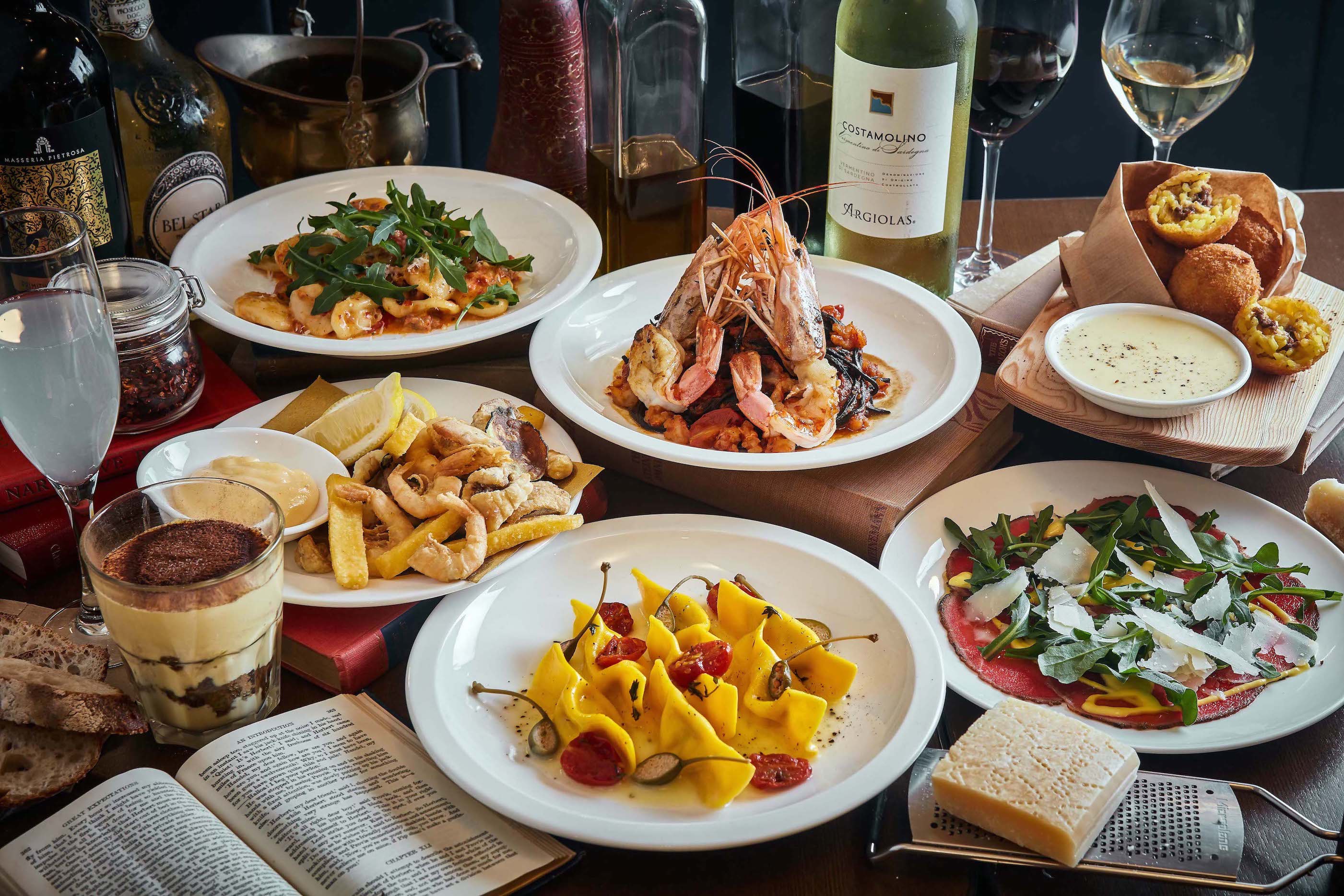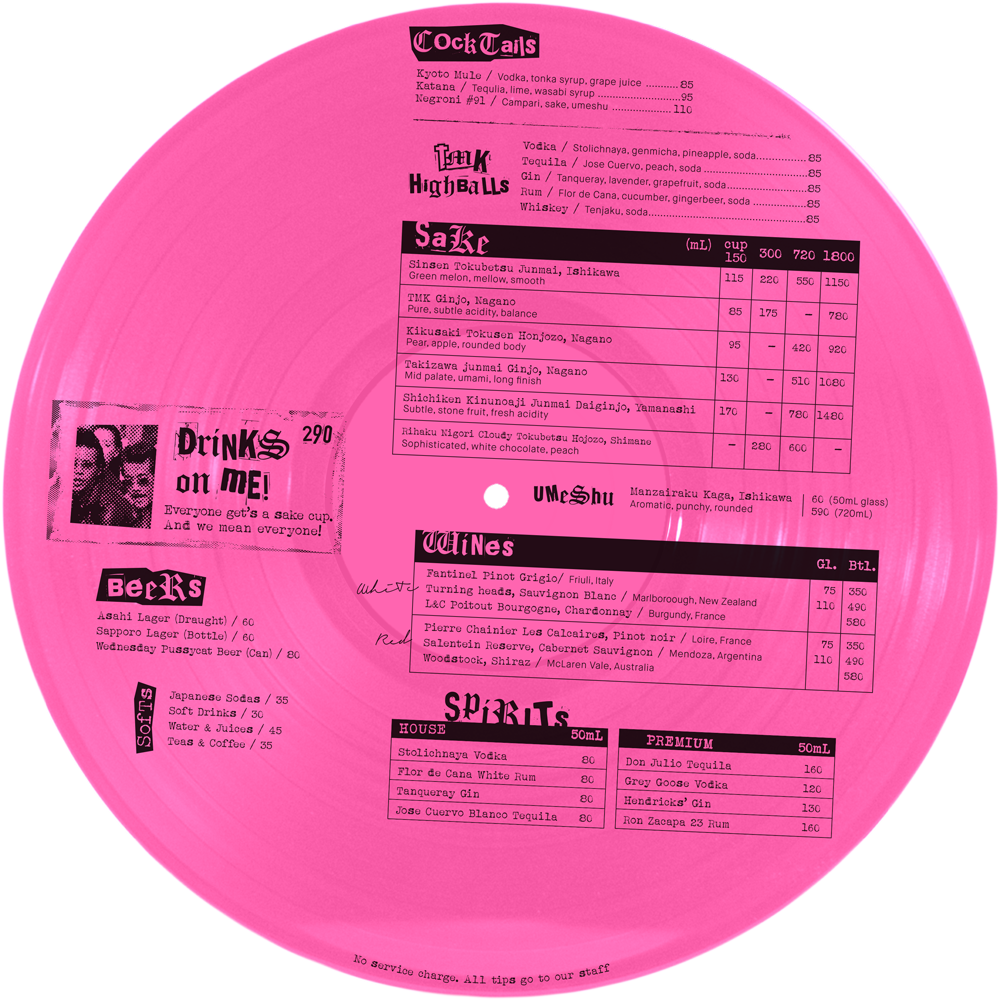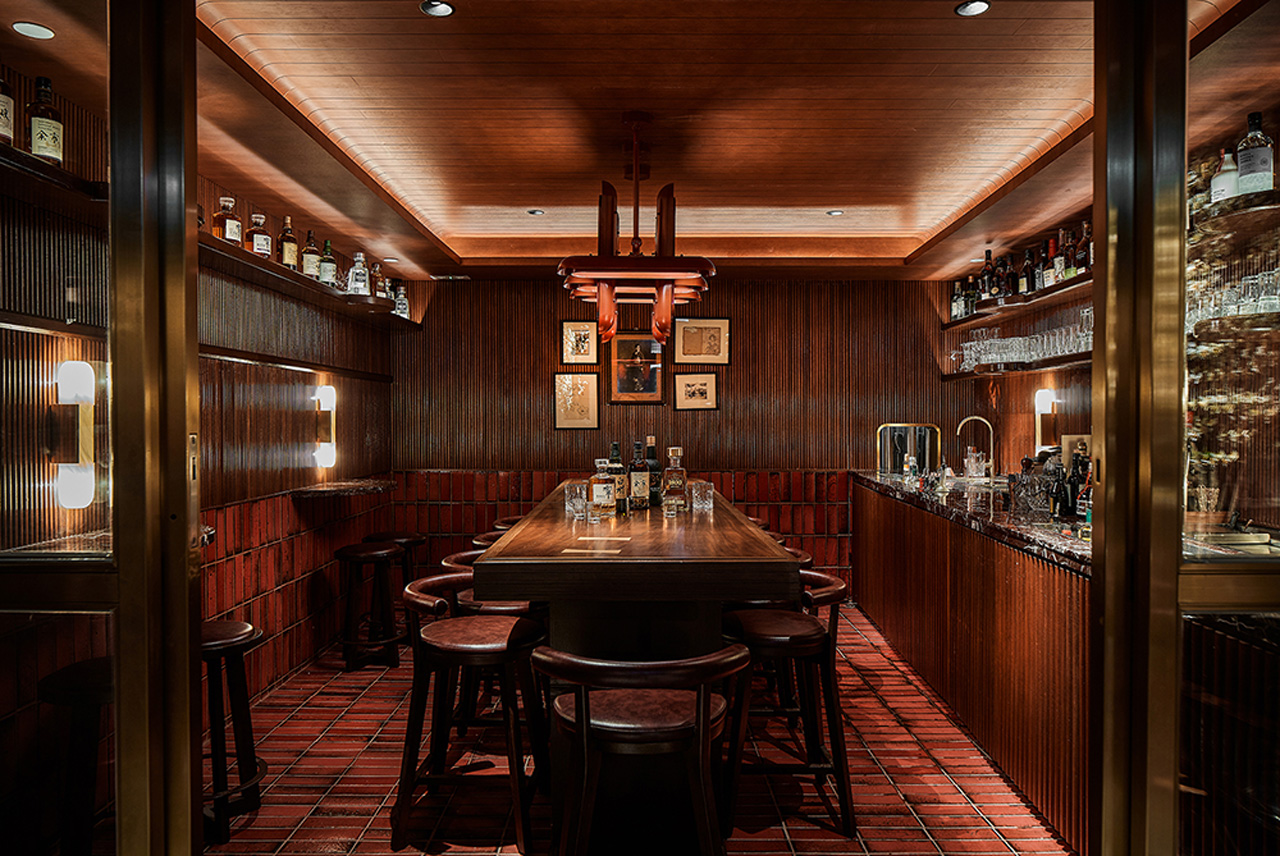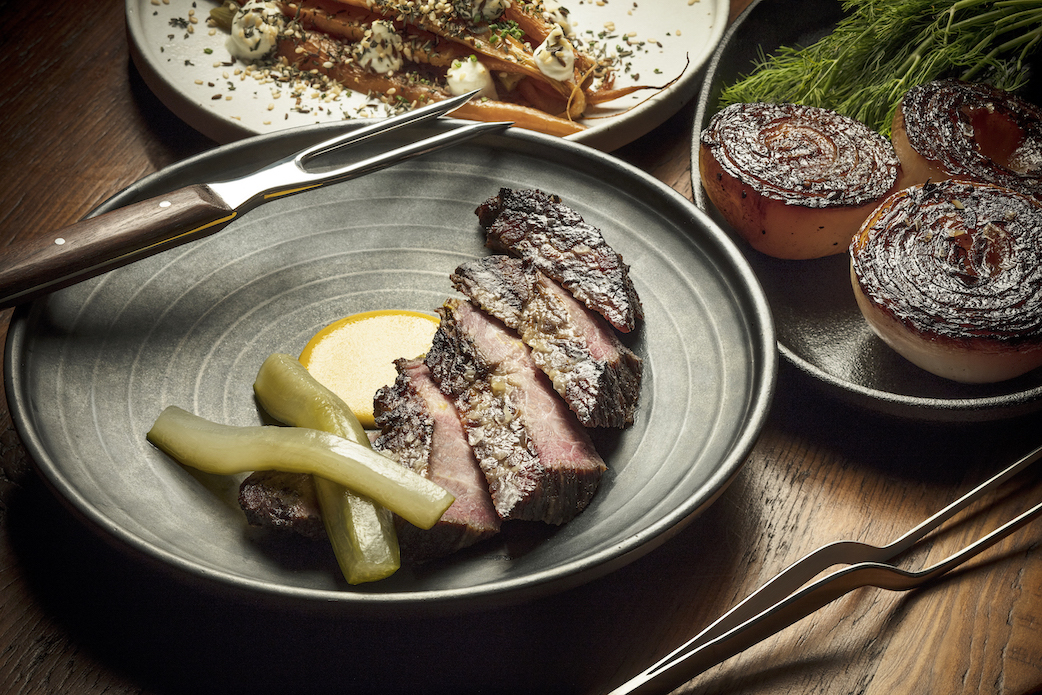
Bread & Butter #002
05th November 2019
On how to craft a new restaurant menu
Opening a restaurant, as we all know, can be a very daunting task. Amongst many other important key tasks is crafting the menu. Here, our team explains the steps when drafting a menu.

How do we determine the direction of a menu?
The direction of the menu goes hand in hand with the concept. It needs to represent sophistication at fine dining restaurants and simplicity at fast-casual restaurants. It is very important to determine what you are trying to achieve and what would be a reasonable price. If we were to visit a no-reservations restaurant serving a high price main course, it may be seen as a hurdle for some guests as they would prefer to reserve a table. The comfort of the seating and the space within the restaurant will determine the price that your guests will be willing to pay. It is important to predetermine what is reasonable for the guests to pay based on your concept.
Things we take into consideration when deciding the price structure:
Food presentation
The food presentation and the size will be indicators for our guests to perceive whether the value is there or not. Guests will choose different restaurants on different days of the week. For instance, The Optimist is more of a festivities restaurant for seasonal celebrations and bigger group gatherings or events because it serves large cuts of meats and fish. A restaurant like Pici is most popular on Sundays when families go out to eat while a restaurant like Tokyolima would be very busy during the weekdays as we have a lot of casual business dinners, early week birthdays and reunions among friends.
Ambience
Music levels and spacing between tables will determine the level of comfort and how long guests will be at the restaurants, as the more comfortable they are, the longer they will stay. For an experience at Honjo, we would expect our guests to stay for a long time enjoying a multi-course experience that starts at the bar.

Location
Location and spending habits are very important parts when organizing your first menu. We can see the difference within the same concept. Pici in Tsim Sha Tsui is very strong for dinner whereas Pici Lai Chi Kok is very strong for lunch.
Where do we start when preparing a menu?
When preparing a menu for a new restaurant, there are a lot of variables that will determine the success, here are some of the factors that we consider.
Number of dishes
This indicator is very important as it will help us to determine the number of staff we have in the kitchen. The more dishes there are on the menu, the higher chance that we need to have more staff for complicated preparations. Other factors to take into consideration will include wastage, freshness and stock in our inventory in order to maintain a high standard for the menu.
Equipment distribution
As a rule of thumb, a maximum of five to seven dishes should come from one single area. For instance, a grill heavy menu with only one grill man will cause a bottleneck in the middle of service. Each menu must be balanced in the distribution of the kitchen.
Duration of dining experience
Larger menus may cause guests to need a longer time to make decisions and to reorder food. This will incur a longer dining experience at the restaurant and also longer waiting times for the food to arrive. We find that the magic number falls between 25 to 32 dishes on the menu to have enough variety but at the same time ensure the capacity to deliver high quality and consistency.

How to enjoy the menu
The menus need to be built with the guest experience in mind. Our front of the house team must be able to explain how to best enjoy the menu. In restaurants like Pici, we would always suggest having a small dish and a pasta while potentially sharing a dessert, whereas in restaurants like Tokyolima, we will invite you to navigate through the five different sections on the menu for a great experience. This will include small, raw, sushi, sashimi, big dishes and finally skewer dishes.

Menu Mix
The mix of a menu is crucial in order to appeal to all kinds of visitors. An unbalanced menu can push away potential guests. As a rule of thumb, we try to create menus that have a good mix of 30% vegetarian dishes, 20% protein dishes, with at least two different meats, two different options for fish and a good selection of light dishes, salads and heavier dishes.
Who does the menu?
At Pirata Group, the menu starts with the concept in collaboration with the Chef. The front of the house team usually drafts the first menu based on what we believe will have a good equilibrium and we set the process in this order.
Menu Mix
The number of dishes by section and different options (Meats, vegetables, fish, desserts, etc). A normal menu structure for the Chef will be a good mix of them all.
Pricing
The minimum and maximum amounts we believe will be fair for our patrons.
Menu design and distribution
We design the menu on a white canvas through how we believe our guests should enjoy it.
Are there any specific questions you ask yourself when preparing a new menu?
The first question will always be, how can we describe our concept? For MEATS, it was always the idea to bring to Hong Kong a meat bar with affordable prices. A place where everyday meat eaters could visit the protein temple for a fast and casual experience. We always try to identify star dishes that in general are dishes that will be perceived as must-haves at our restaurants. Although we don’t always identify them from the beginning but only once the menus are up and running so that we can make use of feedback from guests.
Last but not least, we believe that each table should have as many as six to seven dishes to fully enjoy the best of the restaurant.

How often do you change your menu?
Menus at our restaurants change at least twice a year, following the season. Some restaurants will change their menus less often but will have more daily specials on offer to make the restaurants feel more dynamic.
We hope you have enjoyed the read.
Pirata Team
